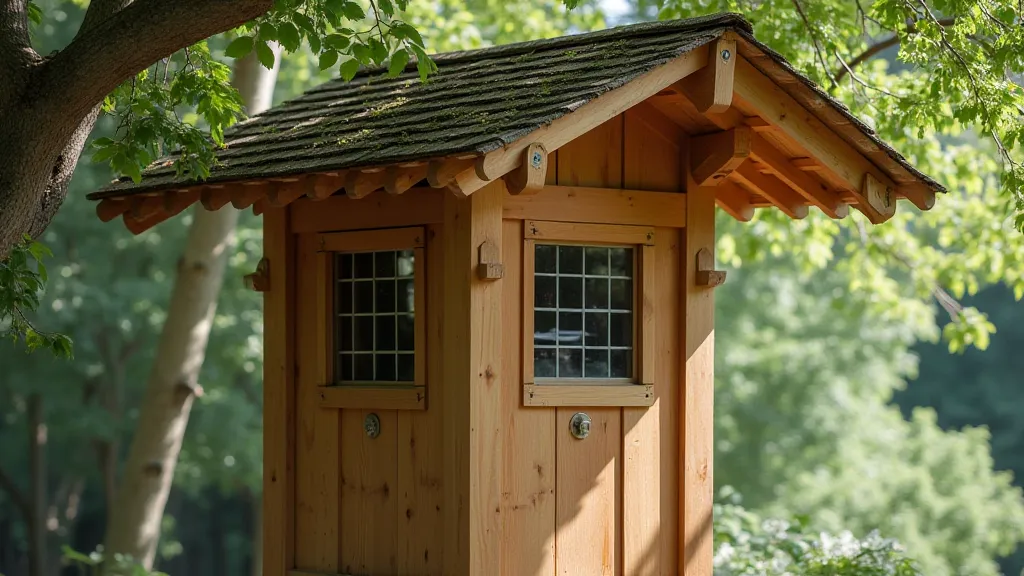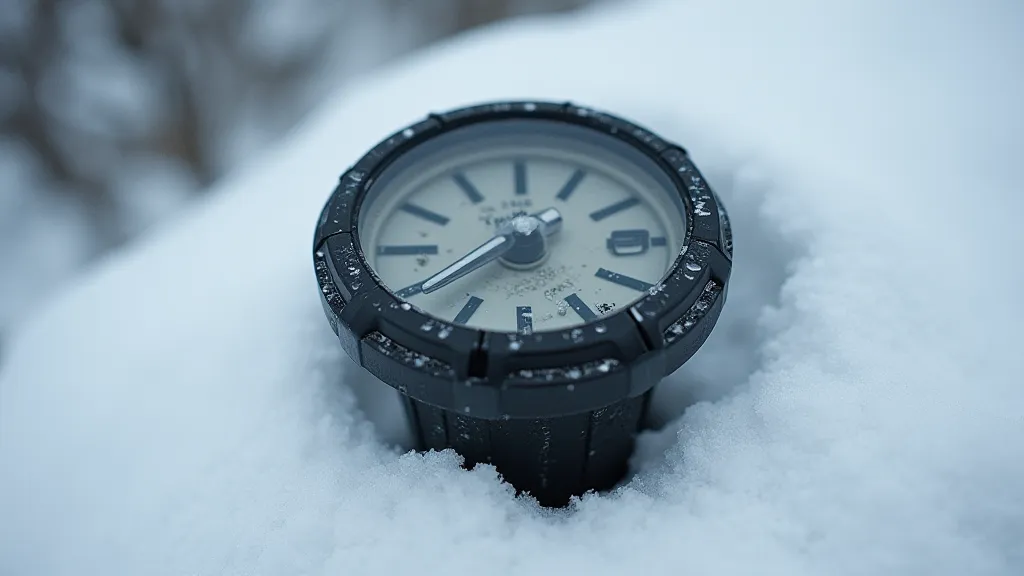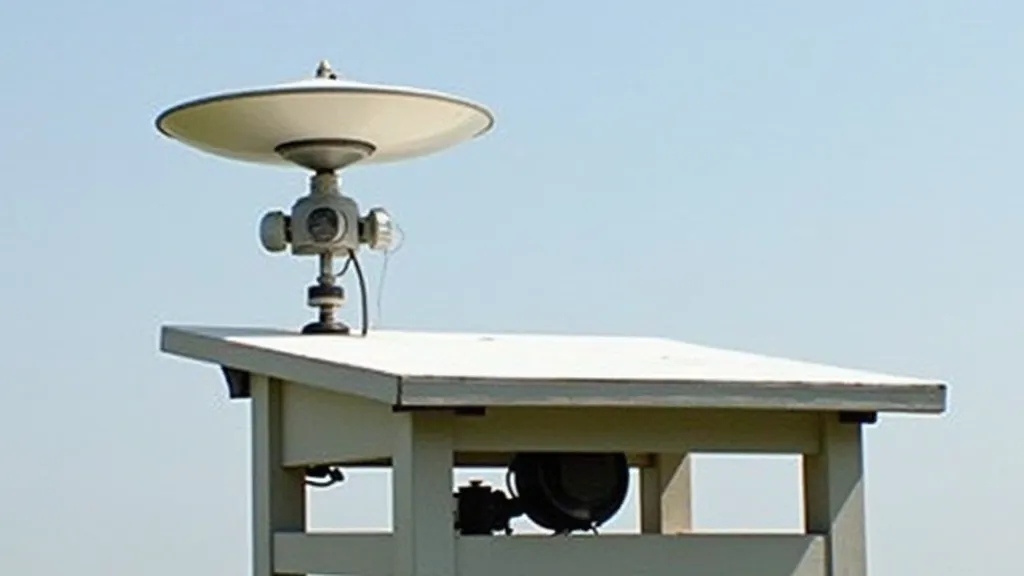Protecting Your Weather Station from the Elements
Building your own weather station is a rewarding project, offering a fascinating glimpse into meteorology and allowing you to track local weather conditions. However, the instruments you use – thermometers, barometers, anemometers, rain gauges – are exposed to the full force of nature. Without proper protection, they’re susceptible to damage, inaccurate readings, and a significantly shortened lifespan. This article outlines key strategies for safeguarding your DIY weather station.
Understanding the Threats
Before we dive into protective measures, let’s identify the common culprits that can harm your weather station:
- Rain and Snow: Moisture can corrode metal components, freeze and damage delicate mechanisms, and interfere with accurate temperature readings.
- Sunlight (UV Radiation): Prolonged exposure to sunlight degrades plastics and rubber, causing them to crack, fade, and become brittle. It also artificially raises temperature readings.
- Wind: Strong winds can physically damage anemometers and other exposed instruments. They can also cause vibrations that affect readings.
- Extreme Temperatures: While most instruments are designed to operate within a certain range, prolonged exposure to extreme heat or cold can still impact performance and shorten lifespan.
- Ice Buildup: Ice accumulation can bind moving parts, make readings inaccurate, and even cause physical breakage.
Protection Strategies: A Layered Approach
Protecting your weather station is about more than just a simple cover. It's a layered approach, considering each threat individually and combining solutions for optimal results. To truly understand the science behind weather monitoring, exploring understanding basic weather instruments can provide a valuable foundation.
1. Instrument Shelters & Enclosures
The most crucial element is a well-designed instrument shelter. This provides a microclimate that minimizes the effects of direct sunlight, rain, and snow. There are several options:
- Commercial Weather Station Shelters: These are purpose-built and offer excellent protection. They're more expensive but provide consistent and reliable performance.
- DIY Shelters: Building your own shelter allows for customization and cost savings. Consider using materials like wood, plastic, or metal, ensuring good ventilation to prevent overheating. Proper ventilation is critical; simply enclosing the sensors isn't enough.
- Radomes: These dome-shaped enclosures are particularly good for anemometers and wind vanes, protecting them from rain, snow, and wind gusts while minimizing interference with wind measurements.

2. Shielding and Isolation
Even within a shelter, some instruments may need additional protection:
- Thermometers: Shield thermometers from direct sunlight and radiant heat sources using a ventilated radiation shield. This ensures they measure air temperature accurately. Understanding the impact of radiant heat can be crucial for accurate readings; exploring understanding basic weather instruments provides deeper insight into how these sensors function.
- Barometers: Barometers are generally less susceptible to environmental damage, but keeping them sheltered helps prevent dust and debris accumulation.
- Rain Gauges: Ensure your rain gauge is level and free from obstructions to collect accurate rainfall measurements. Consider a heated rain gauge in areas with frequent freezing. The mechanics of rain gauge functionality are key to ensuring accuracy, and further research into weather sensors is always beneficial.
- Anemometers & Wind Vanes: As mentioned above, radomes offer excellent protection. Regular cleaning of the bearings is also essential.
3. Regular Maintenance & Inspection
Protection isn’t a one-time task; it requires ongoing maintenance:
- Cleanliness: Regularly clean instruments to remove dust, debris, and bird droppings.
- Lubrication: Lubricate moving parts, such as anemometer bearings, to ensure smooth operation.
- Inspection: Inspect for signs of damage, such as cracks, corrosion, or loose connections.
- Calibration: Periodically calibrate instruments to ensure accuracy.
4. Location Considerations
The location of your weather station plays a crucial role in its protection. Avoid:
- Areas with heavy foliage: Trees and shrubs can obstruct wind and sunlight, but also contribute to moisture and debris accumulation.
- Near reflective surfaces: Reflections can artificially increase temperature readings.
- Areas prone to flooding: Protect your weather station from water damage.

Delving Deeper: Specific Instrument Challenges & Solutions
Beyond the general protective measures, certain instruments require more specialized care. Let's examine some common challenges and targeted solutions.
Anemometer Protection: Beyond the Radome
The anemometer, crucial for measuring wind speed and direction, is particularly vulnerable. While radomes provide excellent protection from precipitation and large debris, issues can still arise. Bearing wear is a common problem, especially in areas with gritty sand or salt spray. Regular cleaning and lubrication with a silicone-based lubricant is essential. Furthermore, consider the type of anemometer you choose. Cup anemometers are generally robust, but vane anemometers require more precise alignment and are more susceptible to damage from strong gusts.
Rain Gauge Accuracy: Dealing with Wind and Freezing
A seemingly simple instrument, the rain gauge, can be surprisingly difficult to keep accurate. Wind can significantly impact the amount of rainfall collected, especially during storms. A properly designed rain gauge shield can help mitigate this effect. In areas with frequent freezing, ice can accumulate within the gauge, blocking the collection of rainfall and potentially damaging the tipping mechanism (in electronic rain gauges). Heated rain gauges are a worthwhile investment in such climates. Remember that the height of your rain gauge above ground can also impact results, with wind creating a 'wind shadow' effect.
Thermometer Calibration and Placement
Temperature readings are often considered the cornerstone of weather data, so ensuring their accuracy is paramount. As mentioned previously, direct sunlight will artificially inflate temperature readings. A ventilated radiation shield is absolutely essential. However, the placement of the shield itself is also important. It needs to be far enough away from walls or other objects that could reflect heat. Periodically calibrating your thermometer against a known reference (such as a digital thermometer with a traceable calibration) is highly recommended. Even small discrepancies can accumulate over time.
Barometric Pressure Monitoring and Maintenance
Barometers measure atmospheric pressure, a key indicator of weather patterns. While generally less susceptible to environmental damage than other instruments, dust and debris can accumulate on the sensor, leading to inaccurate readings. Regular cleaning with compressed air and a soft brush is recommended. Electronic barometers often have a digital interface that allows for calibration and correction of any drift over time. Understanding the principles of atmospheric pressure and how it relates to weather systems can greatly enhance the value of your weather station data.
Humidity Sensors and Condensation
Measuring humidity is another valuable aspect of weather observation. However, humidity sensors can be delicate and prone to condensation, which can lead to corrosion and inaccurate readings. Ensuring proper ventilation and shielding from direct sunlight can help prevent condensation. Regular cleaning with a soft, dry cloth is also recommended. The type of humidity sensor used also plays a role. Capacitive humidity sensors are generally more reliable and less prone to errors than resistive sensors.

Conclusion
By implementing these protection strategies and incorporating regular maintenance into your routine, you can significantly extend the lifespan of your DIY weather station and ensure accurate, reliable data. A little preventative care goes a long way in preserving your investment and enabling you to enjoy years of fascinating weather observations. Continuous learning and adaptation are key to successful weather monitoring – stay curious, experiment with different techniques, and always strive for the most accurate and comprehensive data possible.





